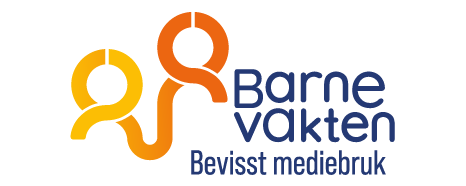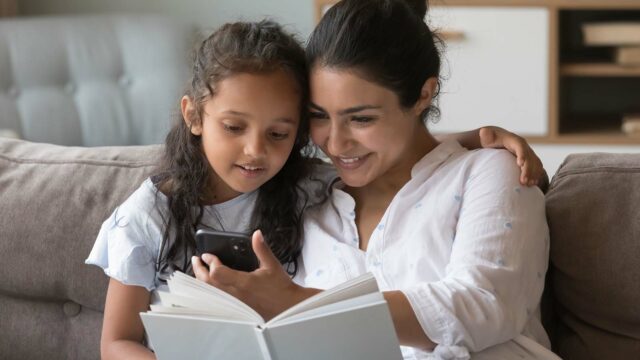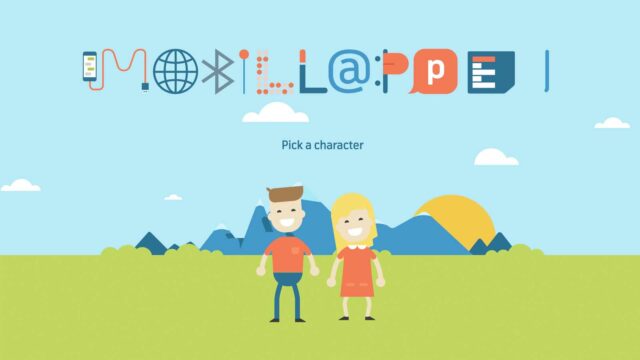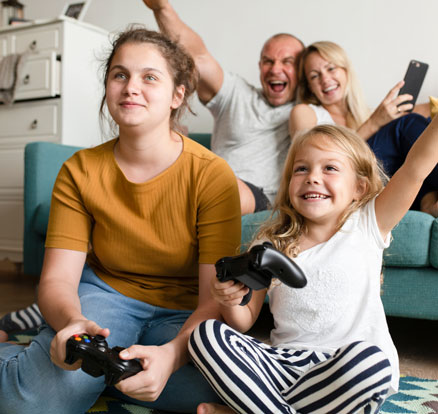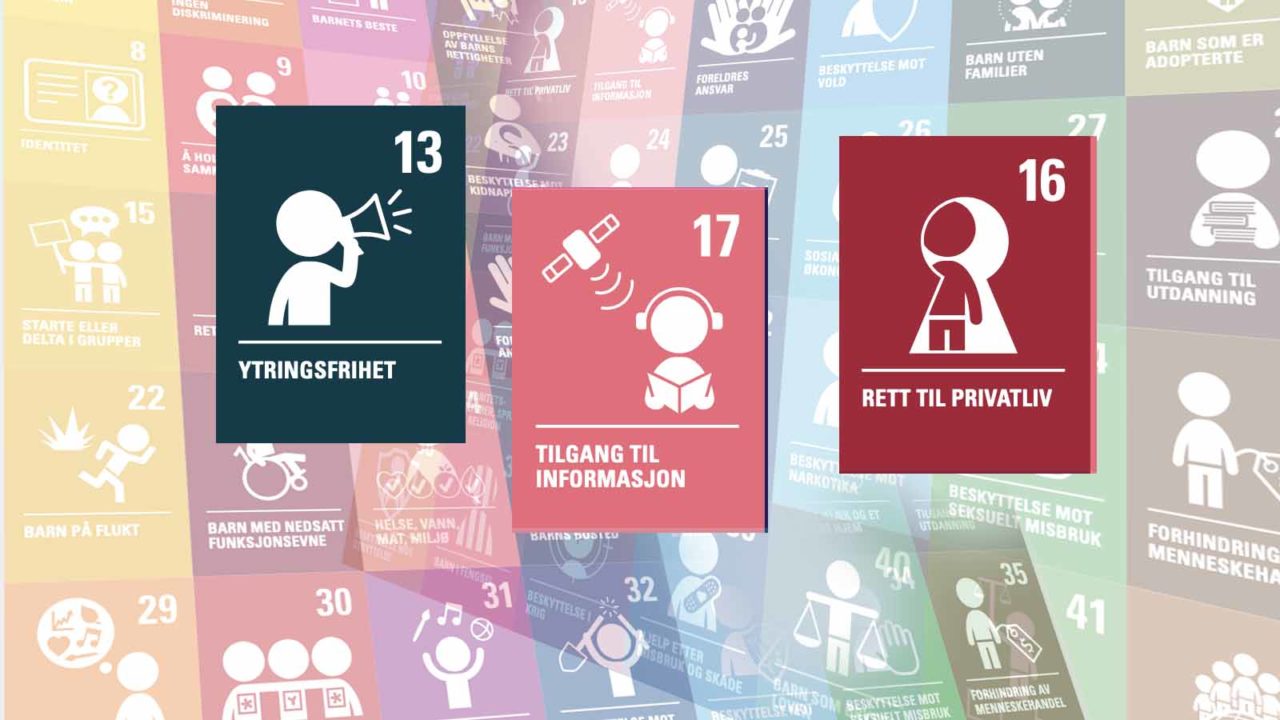
What does the Convention on the Rights of the Child say on Children and Media?
Children have the right to privacy, information, and protection from harmful media. These rights must be weighed against each other in each case.
Choose language in the Google-box below. Some translations may be flawed or inaccurate.
The full resolution of the UN Convention on the Rights of the Child (commonly abbreviated as the CRC or UNCRC) can be found here. It defines child age as any human being under the age of eighteen.
The Convention on the Rights of the Child states that children have the right to be protected from harmful media content. It also says that children have the right to get information about the world. These two rights must be weighed against each other as the child grows older.
Among the youngest children, protection must be given the highest priority. Among the elders, it is the right to information that must weigh the heaviest.
The Convention on the Rights of the Child imposes states to work concretely to comply with the Convention. An example is that the Norwegian government should encourage the production and distribution of children’s books.
The government must also provide guidelines that protect children from information and substances harmful to children’s welfare.
The convention also states that children have the right to privacy, i.e., parents cannot freely read their children’s diaries or emails or monitor the children’s rooms with cameras. But then again, there’s a difference between a one-year-old and a 12-year one.
These three rights must therefore be weighed somewhat differently according to the child’s maturity and age:
- Information and freedom of expression
- Privacy
- Protection against malicious media contents
Here are the texts from the Convention on the Rights of the Child on children’s media use and freedom of expression:
Article 13
- The child shall have the right to freedom of expression; this right shall include freedom to seek, receive and impart information and ideas of all kinds, regardless of frontiers, either orally, in writing or print, in the form of art, or through any other media of the child’s choice.
- The exercise of this right may be subject to certain restrictions, but these shall only be such as are provided by law and are necessary:
(a) For respect of the rights or reputations of others; or
(b) For the protection of national security or public order, or of public health or morals.
Article 16
- No child shall be subjected to arbitrary or unlawful interference with his or her privacy, family, home or correspondence, nor to unlawful attacks on his or her honor and reputation.
- The child has the right to the protection of the law against such interference or attacks.
Article 17
States Parties recognize the important function performed by the mass media and shall ensure that the child has access to information and material from a diversity of national and international sources, especially those aimed at the promotion of his or her social, spiritual and moral well-being and physical and mental health.
To this end, States Parties shall:
(a) Encourage the mass media to disseminate information and material of social and cultural benefit to the child and in accordance with the spirit of article 29;
(b) Encourage international co-operation in the production, exchange and dissemination of such information and material from a diversity of cultural, national and international sources;
(c) Encourage the production and dissemination of children’s books;
(d) Encourage the mass media to have particular regard to the linguistic needs of the child who belongs to a minority group or who is indigenous;
(e) Encourage the development of appropriate guidelines for the protection of the child from information and material injurious to his or her well-being, bearing in mind the provisions of articles 13 and 18.
The short version
The Government’s website also includes a short version of the Convention on the Rights of the Child. Among other things, it says:
TO GET AND PROVIDE INFORMATION: The child has the right to freedom of expression, to seek, receive, and disseminate information and ideas of all kinds and in every way.
RIGHT TO PRIVACY: The child shall not be subjected to arbitrary or unlawful interference with his or her privacy in the family, at home, or in his or her correspondence. The child should be protected from unlawful attacks against honor and reputation.
MASS MEDIA: The state shall ensure that the child has access to information from a variety of national and international sources. The state shall encourage the mass media and publishers to disseminate information that generates understanding, knowledge, social skills, and well-being, and to produce suitable material for children, including for minority children. The state shall protect children from harmful information.
Read more English articles here.
(Written on 5 November 2021 and translated by Ratan)
Utviklet som en del av Erasmus+ prosjektet «TeachingTools»
